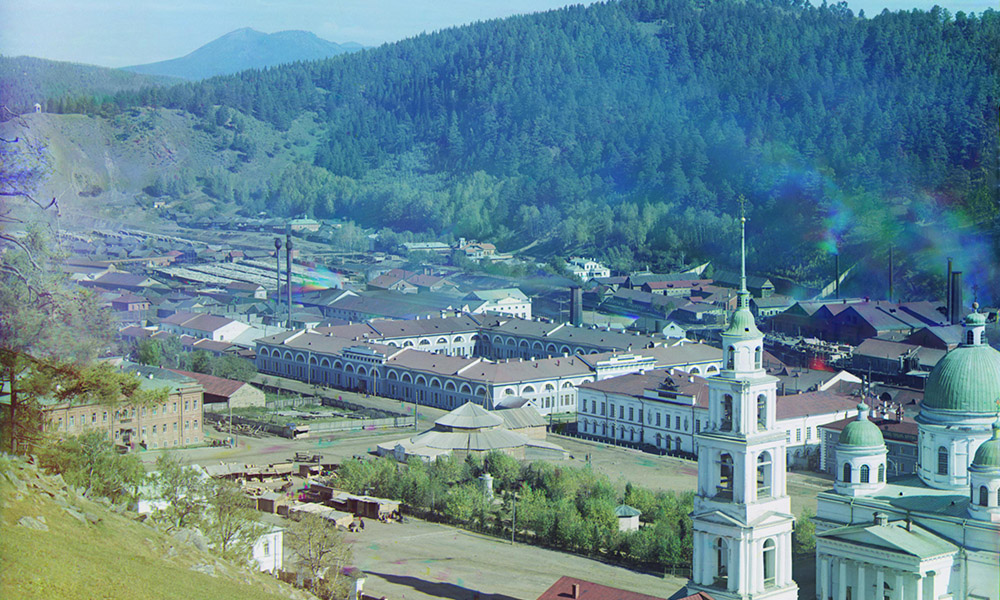
4 March 1807, the emperor Alexander I signed a decree on the construction of a plant for the production of cold weapons in the Urals.
History cold weapons are directly related to the history of human development, and our ancestors were no exception. Since the appearance of the first Slavs in the lands of our country, their whole life is somehow connected with weapons. They helped to fight off the raids of neighbors, it helped to take the enemy’s city with a sword, and they buried soldiers in pre-Christian Russia. However, until the beginning of the 19th millennium, in the Russian state, separate workshops engaged in its manufacture, whose production capacities eventually ceased to satisfy the demand for cold arms. Partially the problem was solved by purchases in Europe. Some samples came to Russia and from the East, but these were either trophies or gifts that have not so much military as artistic value.
The strengthening of France with the advent of Napoleon to power and his military successes led the imperial court to take a different look at providing the army with weapons. Until the beginning of the 19th century, only two plants functioned in Russia, which supplied the army with equipment: Tula and Sestroretsky. But their main task was the production of firearms, and the release of the cold was only an additional function. There was no separate production focused on mass production of blades. The creation of new weapons production in the country has become a vital necessity.
In 1807, Alexander I was given the task before the Senate to organize the Russian center for the production of cold weapons, including decorated copyright weapons.
From the beginning of the 19th century, the production of cold arms was concentrated in the arms factory in the town of Zlatoust, but before World War 1812, mass production was not managed. Only in 1814, a cold arms factory was built. Officially, it was opened on December 15 1815 of the year, and since the imperial decree of Alexander I since 1817, all cold weapons for the army were made exclusively here.

The factory did not appear from scratch. As early as in 1754, iron and iron foundries and ironworks were founded in Zlatoust, which became a good metallurgical base and was the primary cause for the construction of an arms factory here. Products made in Zlatoust were distinguished by high quality and low cost, and the presence of navigable rivers in the vicinity of the city ensured convenient transportation of weapons to customers.
After the victory over Napoleon, Russia continued to increase its military-industrial capacities. And so it happened that the Zlatoust weapons factory became the only enterprise in the country providing the Russian army with cold weapons, and it remained for the next half century.
Already in the second half of the XIX century, the Zlatoust factory almost completely supplied the army and navy with combat weapons for ordinary soldiers. The officers often ordered exclusive edged weapons at the Zlatoust factory.
Among the first products of the factory was made the ceremonial saber as a gift to Prince Grigory Volkonsky – the famous Russian general, who served under the leadership of Alexander Suvorov and Peter Rumyantsev. In 1803 – 1816 he occupied the position of Governor-General of Siberia, and at that moment the city of Zlatoust was in his submission.
In 1824, Emperor Alexander I visited Zlatoust to see the production of ceremonial blades with his own eyes.
The factory made its contribution to the provision of the Russian army with cold weapons in the 20th century. During the First World War, the factory produced more than 600 thousands of blades and cavalry peaks, and during the Great Patriotic War provided the army with armaments: 583 thousands of cavalry blades and about a million army knives. By the way, the famous “black knives” (German “Schwarzmeser”) were released in Zlatoust, which became a distinctive feature of the Ural Volunteer Tank Corps.
With the completion of the Great Patriotic Factory received a special order: to manufacture ammunition for the participants of the Victory Parade 1945 of the year. All edged weapons that took part in the famous parade, was made in Zlatoust.
Nowadays, the products of the factory are distinguished by excellent design of the blades, which are often called “steel engraving”. The Zlatoust blade is easily distinguished by the combination of sophisticated and refined ornaments, gilded coating and deep tone of boiling, which makes the product unique.
Author: Ilya Baykush
Originator: article















